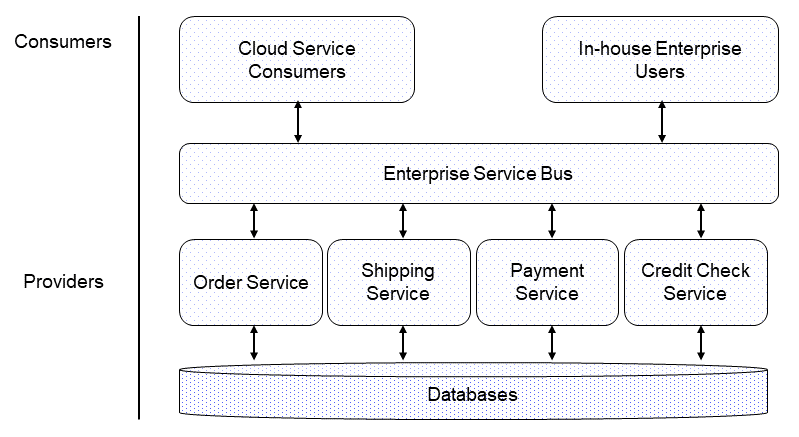The application evolution journey from monolithic to microservices can be seen in the following diagram:

Monolithic applications were created from small applications and then built up to create a tiered architecture that separated the frontend from the backend, and the backend from the data sources. In this architecture, the frontend manages user interaction, the middle tier manages the business logic, and the backend manages data access. This can be seen in the following diagram:

In the preceding diagram, the middle tier, also known as the business logic, is tightly bound to the frontend and the backend. This is a one-dimensional monolithic experience where all the tiers are in one straight line.
The three-tier modular architecture of the client-server, consisting of a frontend tier, an application tier, and a database tier, is almost 20+ years old now. It served its purpose of allowing people to build complex enterprise applications with known limitations regarding complexity, software upgrades, and zero downtime.
A large development team commits its code to a source code repository such as GitHub. The deployment process from code commits to production used to be manual before the CICD pipeline came into existence. The releases needed to be manually tested, although there were some automated test cases. Organizations used to declare a code freeze while moving the code into production. The application became overly large, complex, and very difficult to maintain in the long term. When the original code developers were no longer available, it became very difficult and time-consuming to add enhancements.
To overcome the aforementioned limitations, the concept of SOA started to evolve around 2002 onward and the Enterprise Service Bus (ESB) evolved to establish a communication link between different applications in SOA.




